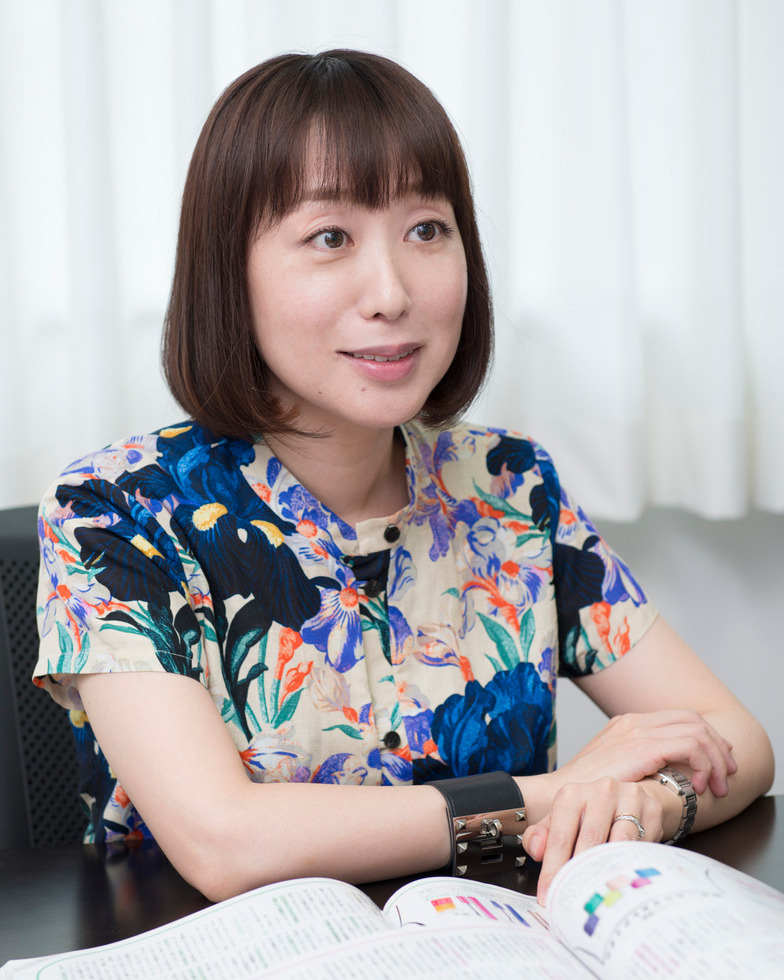Continuing from last time, Ayako Sasunuma, Editor-in-Chief of the magazine 'ar', and Rika Eguchi, Art Director at Dentsu Inc., discussed their respective views on editorial skills.
How to transform accumulated information into a magazine's "substance"
Eguchi: What I really want to ask is how you input the zeitgeist. For instance, ar previously featured "Hitori Mote" – the idea that "today's young people want to be deeply loved by one person rather than loved by everyone." I resonated with that concept, but it's the kind of insight you wouldn't notice unless someone pointed it out. How do you sense and synthesize such things?
Sasanuma: It's less about sensing information and more about giving shape to what we want to do within the editorial team. We prioritize our internal intuition over research. When we did the "One-on-One Romance" feature, we felt that group dating events were already overdone, and this concept felt more compelling. That's how our projects come together.
Eguchi: Before planning anything, I'll skim through magazines that our target audience might read. I've loved magazines since I was little, browsing all kinds of genres since elementary school. I often get a sense of what's trending or the mood of the times from magazines.
Sasanuma: Of course, we do daily research too. For fashion or beauty, we attend trade shows or ask models for their secrets. But just putting that raw information in the magazine isn't enough—readers can't easily replicate it. So we focus on how to translate that into something practical and usable.
Eguchi: That's a crucial part of "editorial skill," right? It's true—the magazine offers concrete tips like "Men notice this, so try this approach" or "Changing your skin texture creates this effect." That makes the advice much easier to put into practice.
Sasanuma: With more information available online, magazines offer the tangible appeal of owning something you bought. We want readers to feel they got their money's worth. It's not just about information intake; we want them to own the magazine. To achieve that, we design visuals with the idea that readers might want to cut them out and save them.
The Importance of Accepting That There Is No "Right Answer"
Eguchi: While grounded in daily research and accumulated knowledge, we prioritize trusting our own intuition and enjoying the process ourselves. That's what builds our editorial strength in magazine-making. By the way, do you think that kind of editorial strength can be applied beyond magazine-making?
Sasanuma: Enjoyment and the service-mindedness that comes from it are essential in any field. It's not just about compiling something, but doing it while considering the feelings of everyone involved.
Eguchi: I feel that even in parenting. A child's growth is incredible, constantly updating day by day. But how you personally enjoy that situation is crucial. Not focusing on the difficult parts, but positively letting things flow. You also have to filter information, right?
Sasanuma: I think acknowledging there's no single right answer is also important. If you chase the "right" answer, you become afraid of failure, and that often makes both editing and parenting harder. Maybe I'm not afraid of failure because I don't have ambition.
Eguchi: That's such a wonderful way of putting it! It really resonated with me right now, since I'm struggling to let go of ambition (laughs). That kind of decisiveness might be part of what makes a good editor.
<End>






